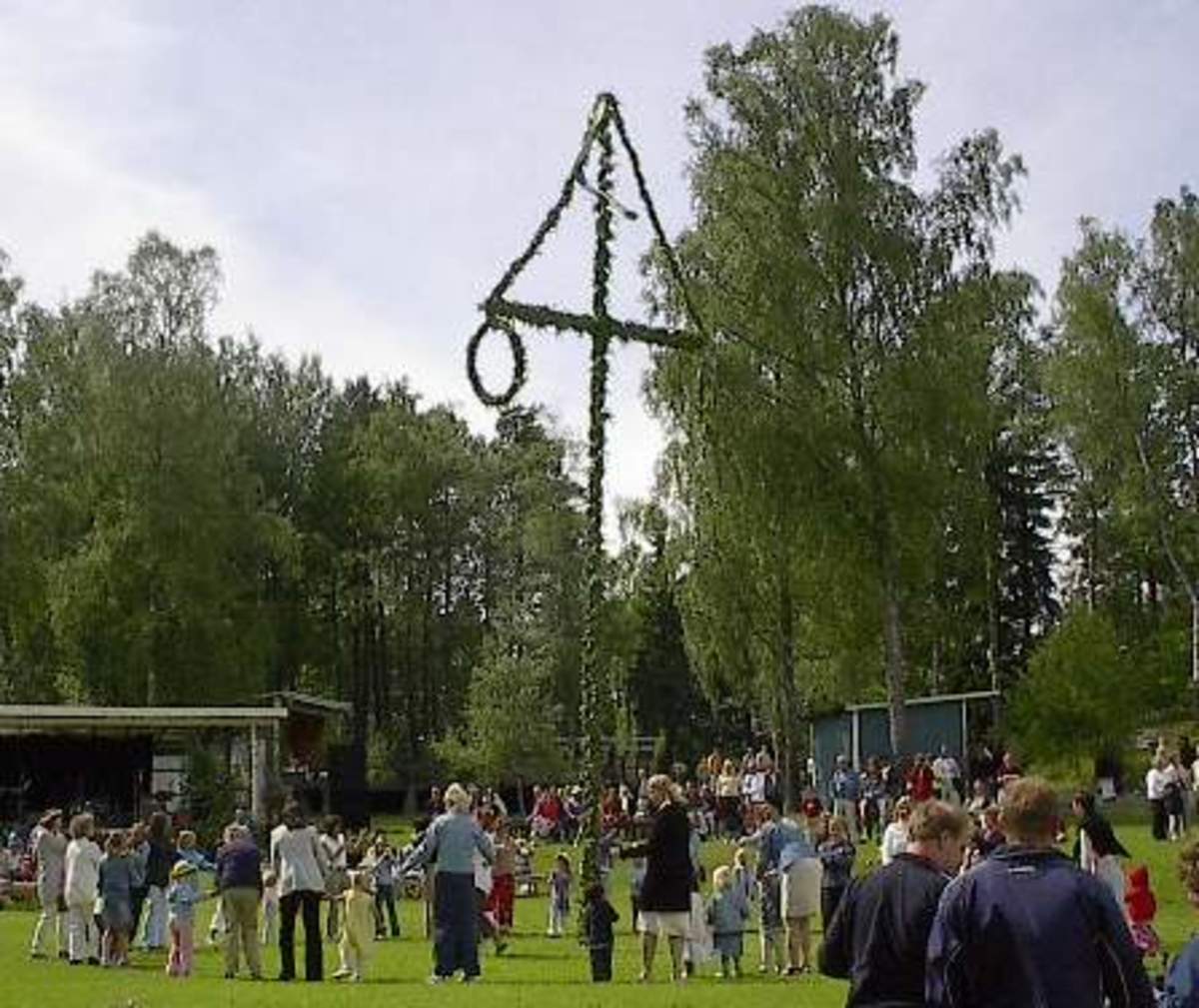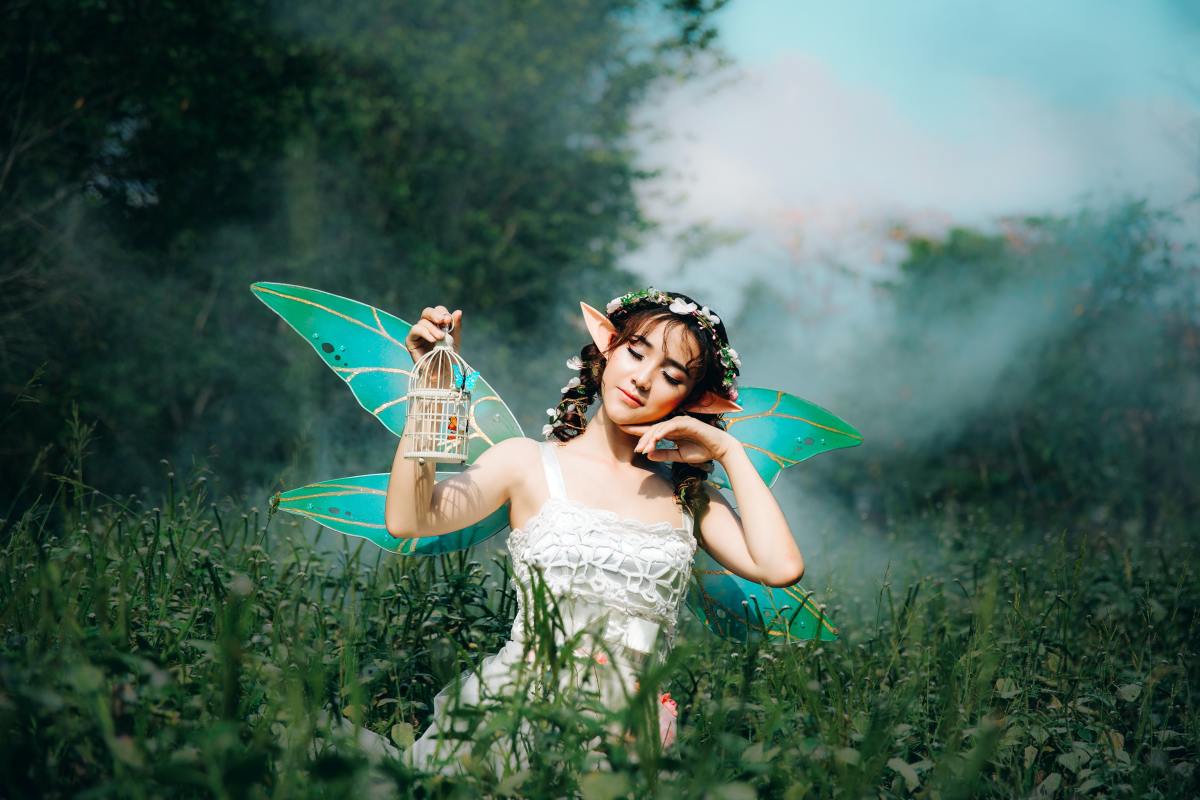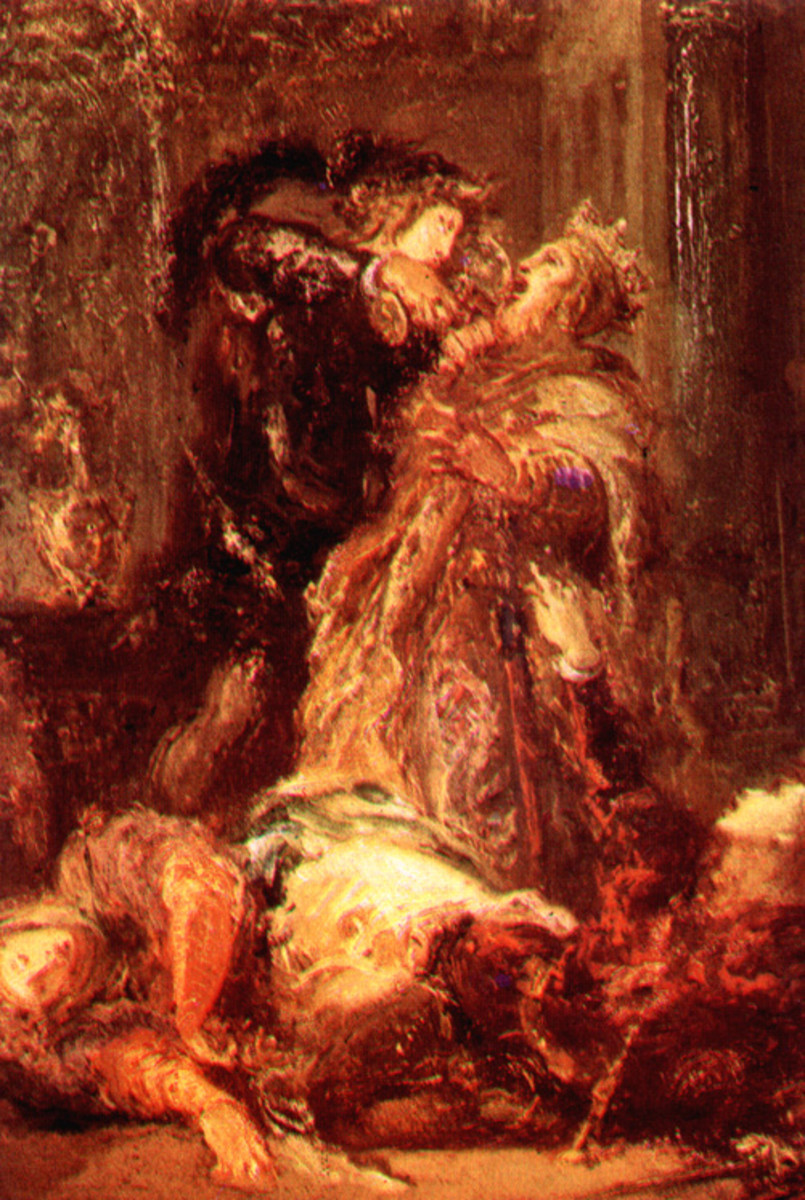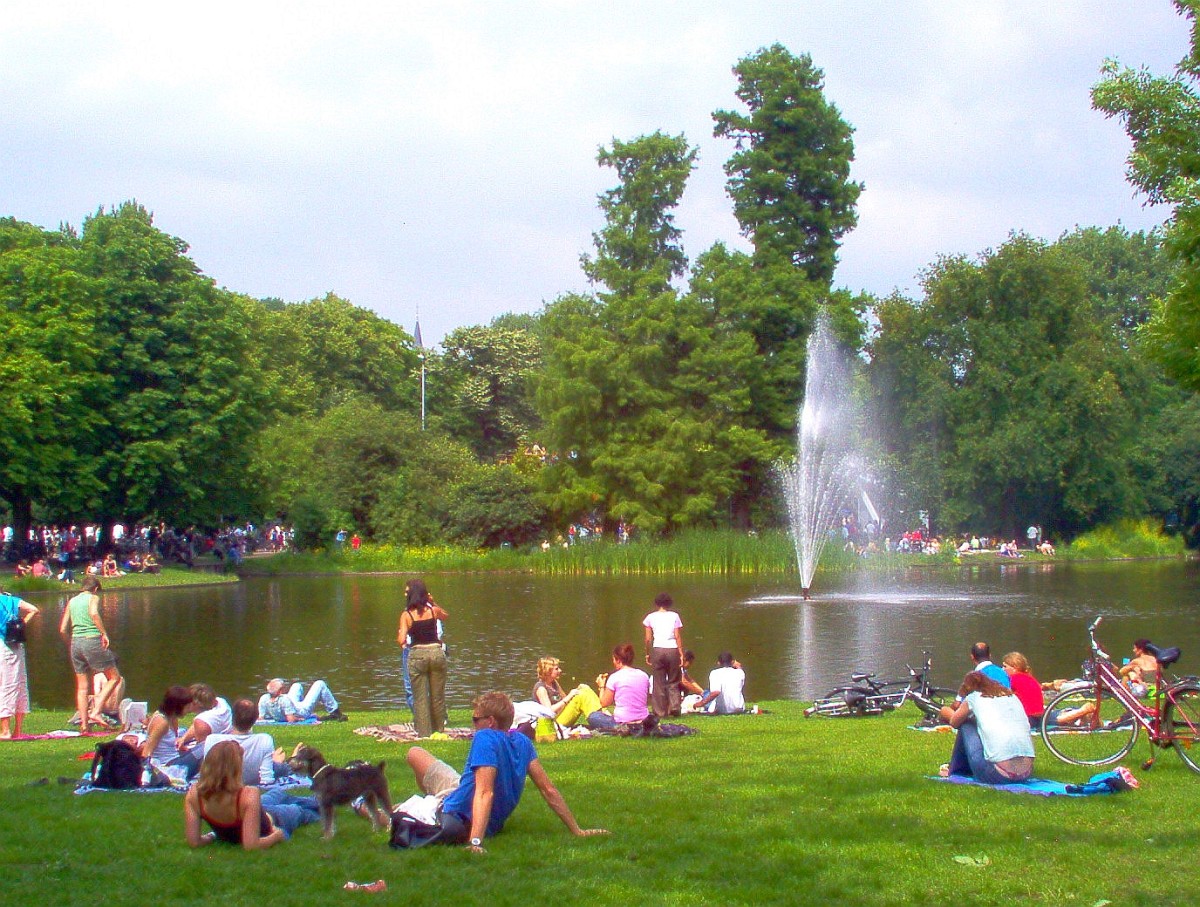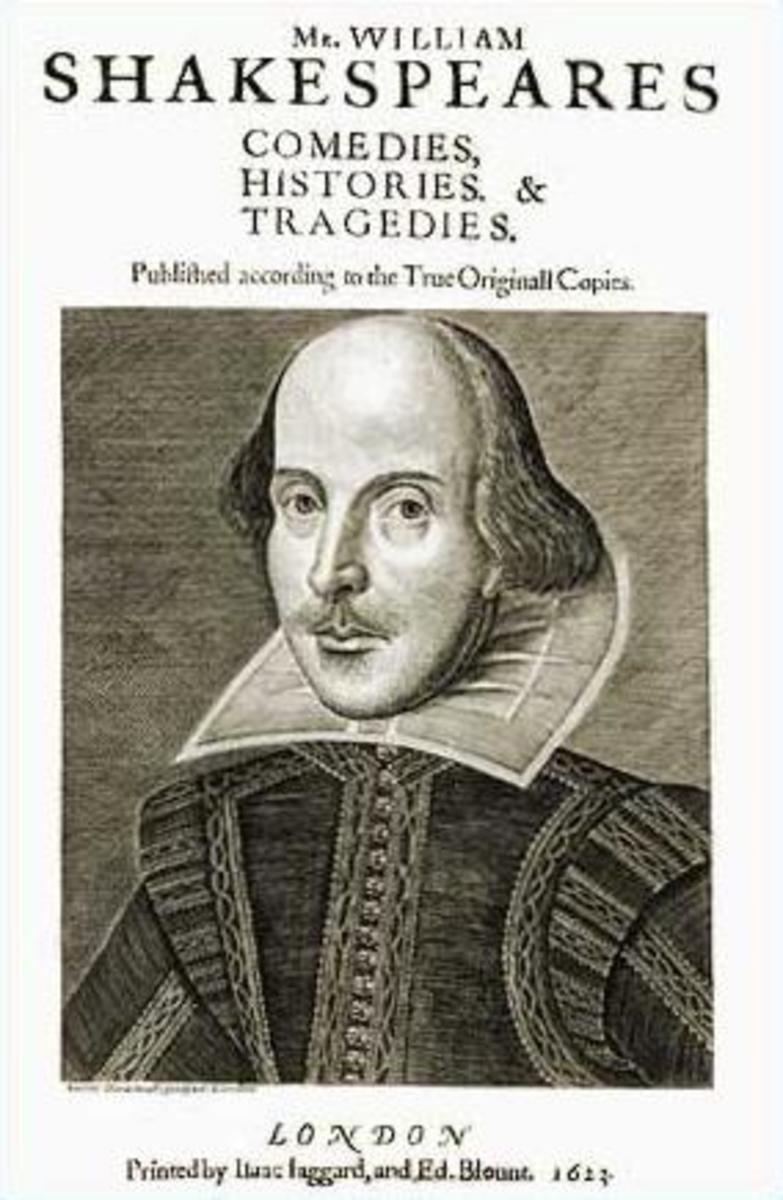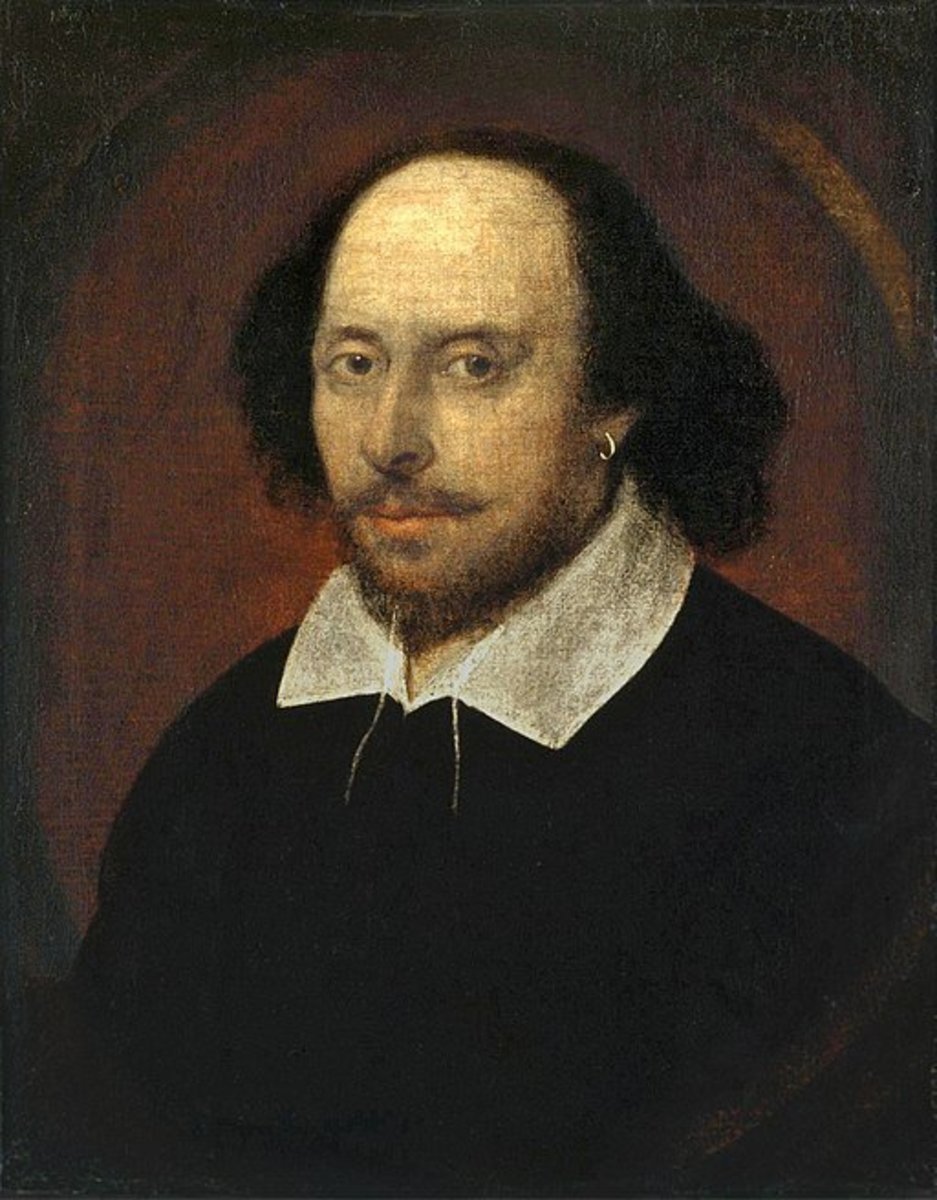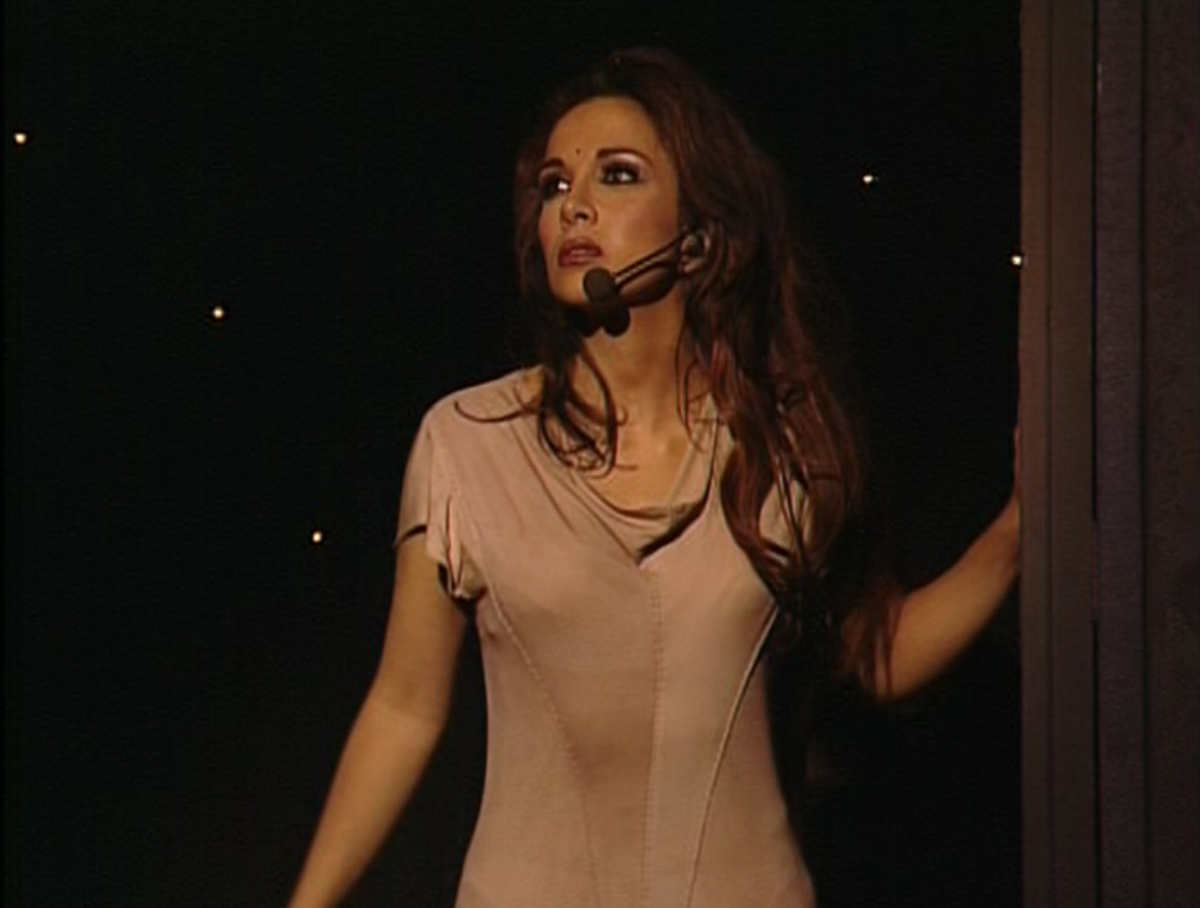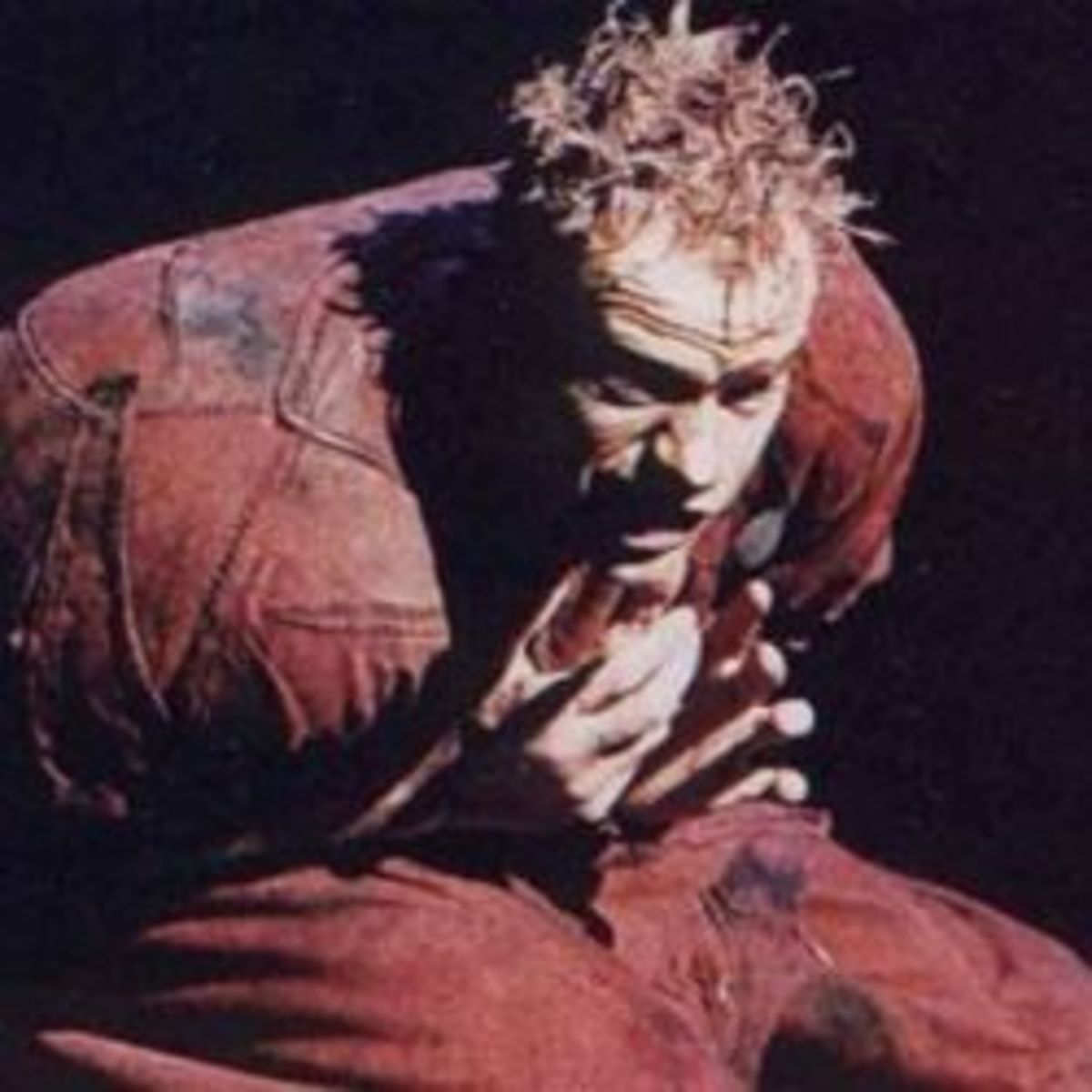Shakespeare - and Halloween?
A Midsummer Night's Dream
The plot of A Midsummer Night's Dream is very simple. A group of lovers wander into the forest on midsummer-night's eve...however, because it is a magical time when the mystical world opens to the everyday world these lovers become embroiled briefly in the affairs of the fairies.
Unbeknownst to the humans, The fairy king Oberon and the fairy queen Titania have been arguing. It is an old story, Oberon has been off paying attention to someone else and Titania has acquired a cute page boy. Oberon returns and arbitrarily demands the page boy as a gift for his entourage. Titania refuses to hand over the boy and objects to his attention to various female fairies.
As the fairies argue, the natural world becomes disrupted and atmospheric pyrotechnics go off. The fairies also start throwing spells around and all the lovers end up chasing the wrong partner. The piece de resistance is the enchanting of a clown-like character called "Bottom" with an Ass head. Titania is cursed to love this creature - at least for a little while.
In true Shakespearean comic tradition, this is all sorted out at the end. The lovers re-unite with the correct partners and even Oberon and Titania resolve their quarrel. The humans return to the village bemused and puzzled as to what happened to them.
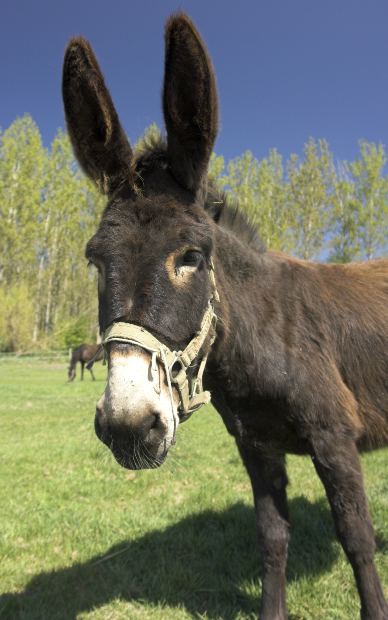
Enduring Appeal
This play has been capturing people's imagination for years and has sparked many fanciful productions with elaborate sets in which the fairies walk upon scafolding or hang from ropes in order to "fly" although the script does not demand this!
The plot is timeless and has also inspired modern productions, including the film starring Calista Flockhart of Ally McBeal fame.
Secret History
What is not so well known is that this play is actually a Halloween play. The day we now celebrate as Halloween used to be known as All Saint's Eve - the evening before All Saint's day. That is how you get the word Hallo (holy) - een (evening).
So Halloween is a bit like Christmas Eve and everyone is quite justified eating sweets and enjoying themselves!
The date is wrong, you may say, as Midsummer in the Northern Hemisphere would be in June surely? (Although to readers in the Southern Hemisphere, November 1 can be incredibly hot and seem quite appropriate!)
However, there is a precedent for the time mix-up Shakespeare has created. According to History.com, In the 5th Century, Pope Boniface attempted to Christianise and move the Celtic festival of Samhain to May 13 and celebrate it as a day for Christian Martyrs. In the 9th Century, Pope Gregory relented and allowed the holiday to move back to November 1, but kept the Christian connotations.
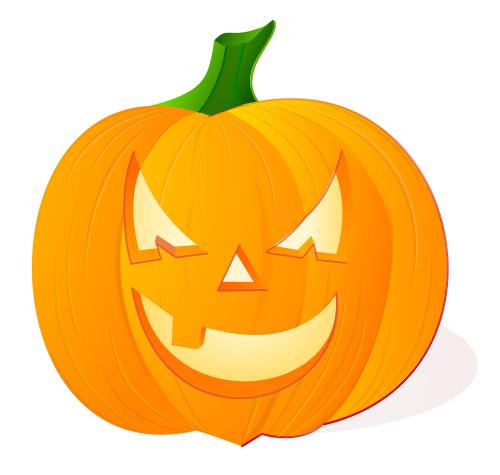
Frightening Away the Ghosts
All Saint's Day was a day for remembering Christian relatives and praying for congregation members who had died and gone to heaven. A lot of superstitions developed regarding the evening before All Saint's Day as combination of theology and mythology had given rise to the belief that the souls of the dead returned for the evening and returned to their graves in the morning.
(Act III Sii L380-386: "And yonder shines Auroras' harbinger; At whose approach ghosts, wandering here and there, Troop home to church yards: damned spirits all, That in cross-ways and floods have burial, Already to their wormy beds are gone; for fear lest day should look their shames upon...")
People were concerned and frightened because they were confused as to what happened after death and worried that there were souls floating around with no real place to go. They conjectured these spirits were trapped in purgatory, or in some equivalent half-way land of pre-christian English mythology awaiting their final fate.
A bit of noise and fun and dressing up seemed like a good way of keeping themselves safe from floating spirits and might encourage their relatives souls to migrate on to heaven - which is where we get our modern celebration of Halloween.
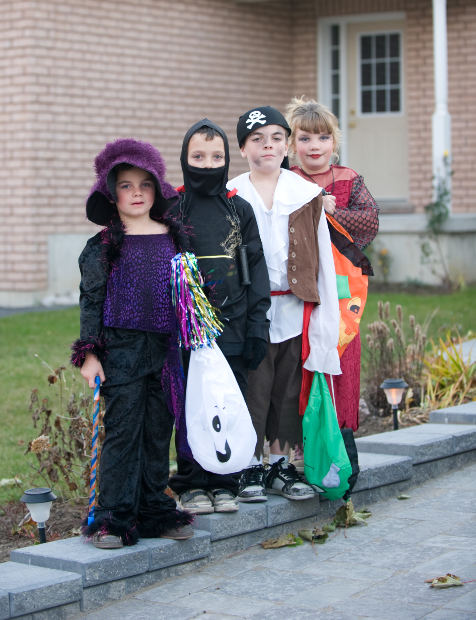
The Graves Open and Fairies Appear
Shakespeare of course added a good slice of English folk tradition to his All Saint's Eve play, so the Christian mythos is barely recognisable.
He was an artist and an eclectic after all and his purpose was to create good popular theatre for his audiences.
He may have played with the dates too, to make the summer equinox line up with All Hallows Eve; and certainly included imagery drawn from other folk celebrations, such as May Eve (Act I Si L165-167).
However, it was all in the pursuit of good art!
Test your "Shakespeare IQ"
view quiz statisticsSo, when the kids dress up and go out to party (after making sure that it is quite safe for them to do so in today's world) spare a thought for the naughty little sprite called "Puck" created all those years ago by a Playwright with a sense for the fantastical. Maybe even consider adding a few Fairies and Seventeenth Century items to your costuming and decorations.
You could even watch A Midsummer Night's Dream - well not on the night because its a comedy, but sometime around the season, relaxing the next day would be fine! Or you could watch Macbeth which is spookier and more aligned with our modern understanding of Halloween.
© Cecelia
Sources:
## Clark, C. Shakespeare and the Supernatural (Williams and Norgate LTD., London, 1931)
## Shakespeare, W. A Midsummernight's Dream (ed. R.A. Foakes) (Cambridge University Press, Cambridge, 1984)
## Sinclair-Rohde, E. Shakespeare's Wild Flowers: Fairy Lore, Gardens, Herbs, Gatherers of Simples and Bee Lore (The Medici society, LTD., London, 1935?) pp.7-9
## Thistleton-Dyer, R. The Folklore of Shakespeare (Dover Publications Inc., New York, 1966)
## Traister, B.H. Heavenly Necromancers: The Magician in English Renaissance Drama (University of Missouri Press, Columbia 1984)
## History.com Editors, "Samhain" (2018) accesable online at https://www.history.com/topics/holidays/samhain
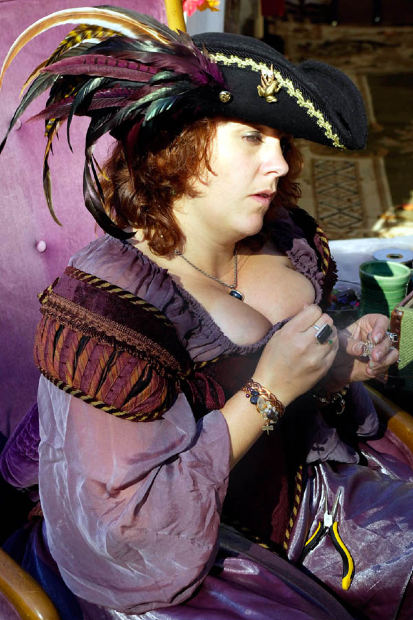
This content is accurate and true to the best of the author’s knowledge and is not meant to substitute for formal and individualized advice from a qualified professional.
© 2009 Cecelia

